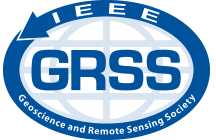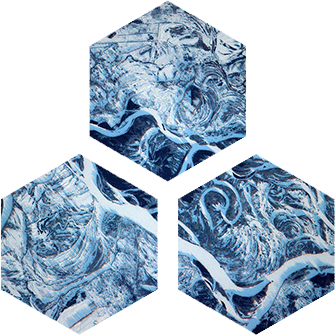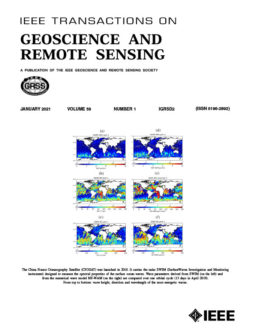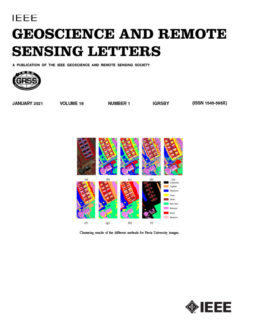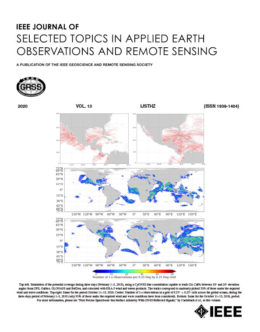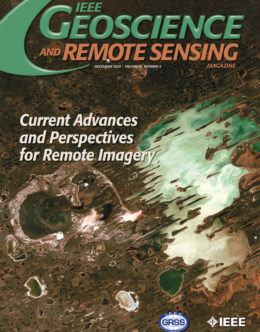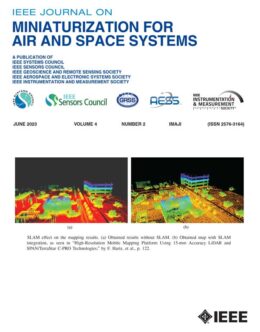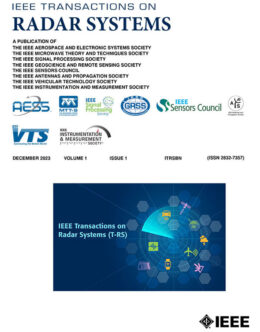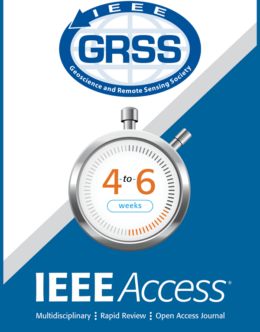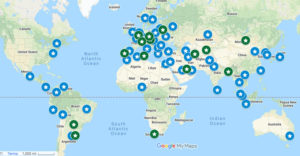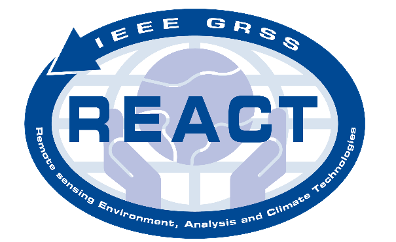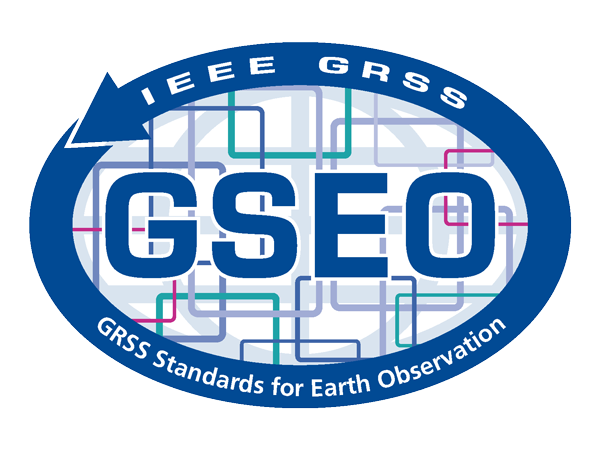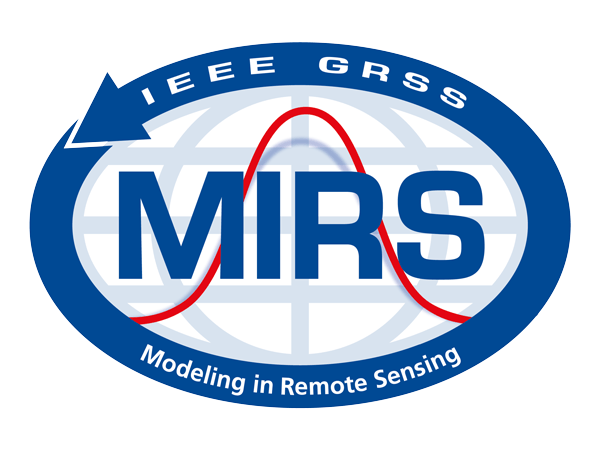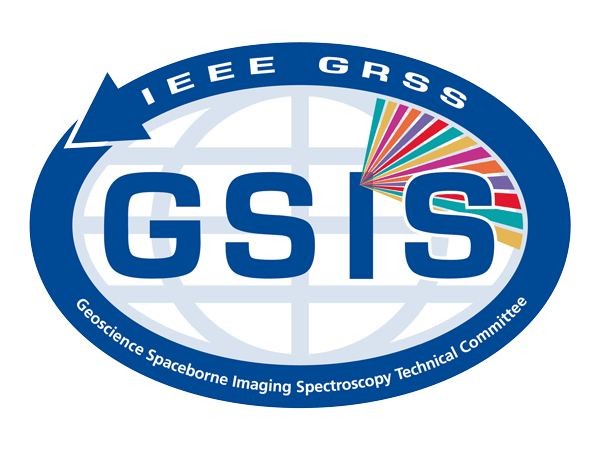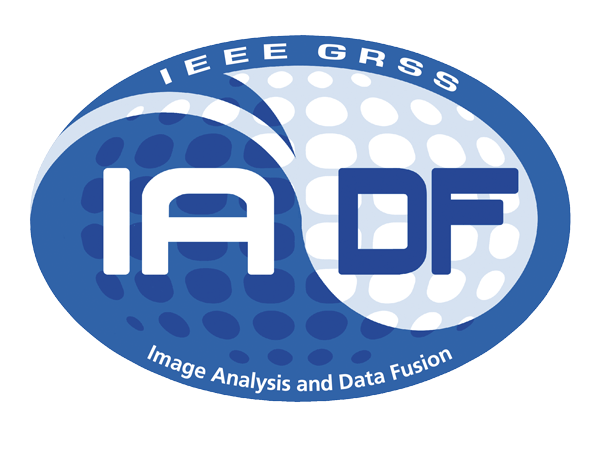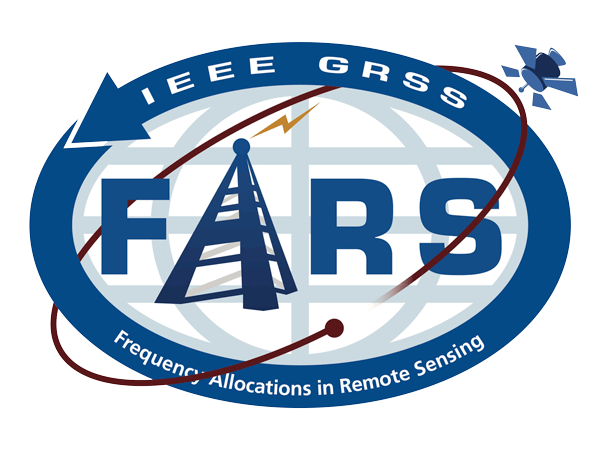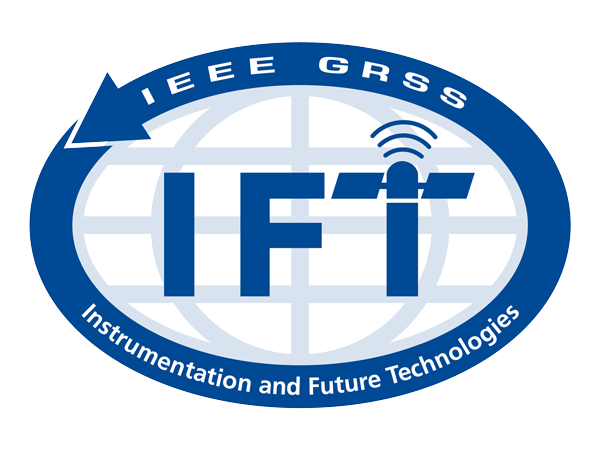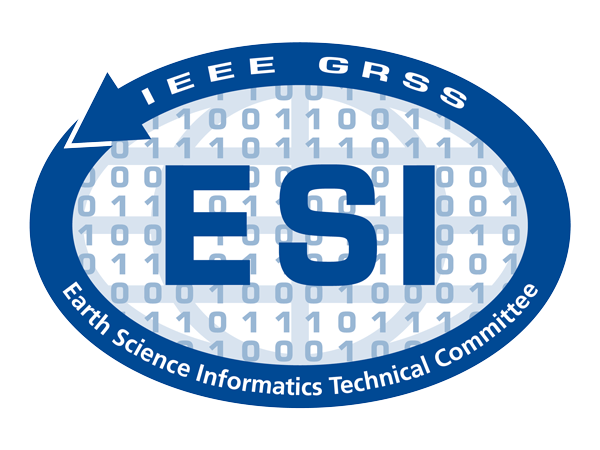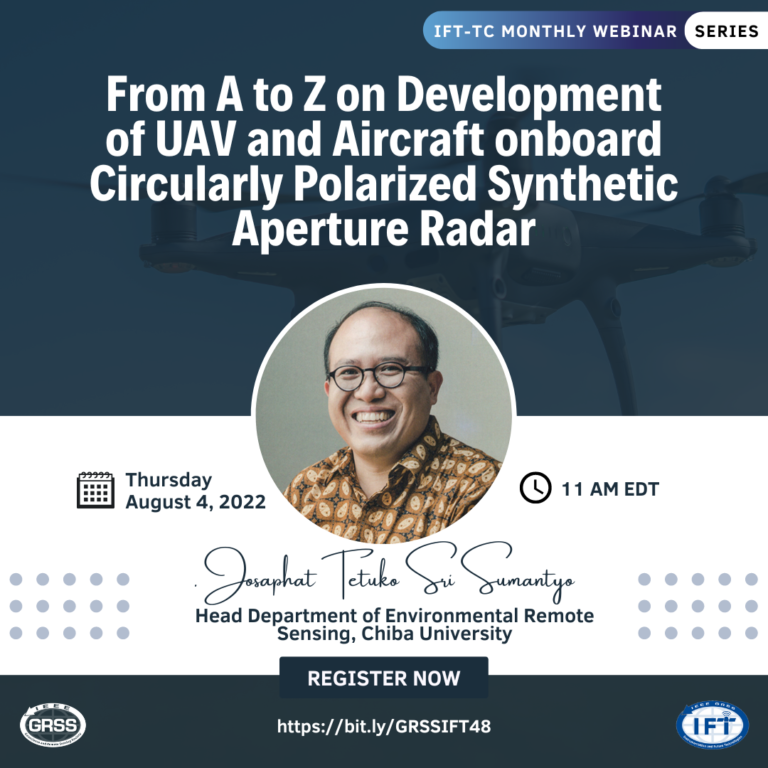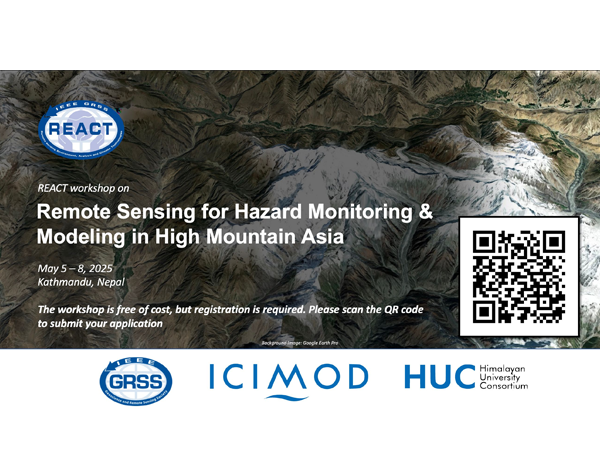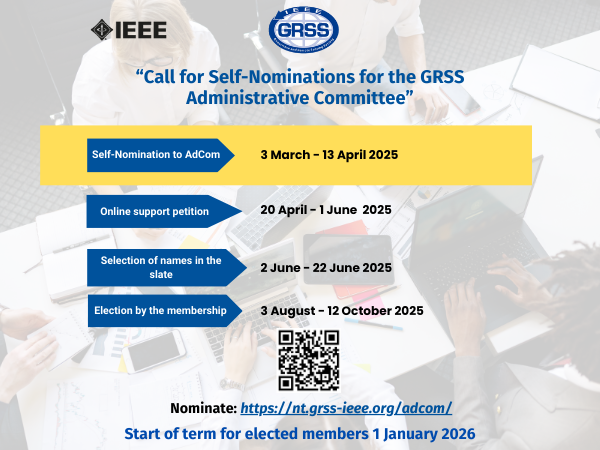From A to Z on Development of UAV and Aircraft onboard Circularly Polarized Synthetic Aperture Radar
About the Webinar
This webinar will introduce from A to Z related to how to develop, test, and operate the unmanned aerial vehicle (UAV) and aircraft onboard circularly polarized synthetic aperture radar (SAR) for disaster and environment observation. Firstly, the webinar will explain the theory of scattering circular polarization and scattering test in an anechoic chamber using an aircraft model and paddy phenology; then an explanation in detail related to how to calculate the radar equation to determine the parameter of the radio-frequency (RF) system and antennas; the development and know-how of the in-door and out-door tests of the hardware of RF system of the SAR system; the installation and attention of the SAR system in the aircraft for flight test; the ground test using corner reflectors to investigate the performance of SAR system and validation-calibration of the polarimetric SAR using a multi-polarized single pulse scattering; and flight test of circularly polarized SAR in the Hinotori-C2 mission onboard CN235MPA aircraft with multipath to collect the full polarimetric circularly polarized images. Finally, the explanation of the image processing of circularly polarized SAR and the scattering clarification using trihedral, cylindrical, and Omni corner reflectors will be introduced. At the end of the webinar, the various example of circularly polarized SAR images and future research using the hybrid UAVs for long-flight observation will be introduced.
About the Speaker
Josaphat Tetuko Sri Sumantyo was born in Bandung, Indonesia in 25 June 1970. He received the B.Eng. and M.Eng. degrees in electrical and computer engineering (subsurface radar systems) from Kanazawa University, Japan, in 1995 and 1997, respectively, and a Ph.D. degree in artificial system sciences (applied radio wave and radar systems) from Chiba University, Japan, in 2002. From 2002 to 2005, he was a Lecturer (Post-doctoral Fellowship Researcher) with the Center for Frontier Electronics and Photonics, Chiba University, Japan. From 2005 to 2013, he was an Associate Professor (permanent staff) with the Center for Environmental Remote Sensing, Chiba University, where he is currently a Full Professor (permanent staff). He is Head Department of Environmental Remote Sensing and Head Division of Earth and Environmental Sciences, Graduate School of Integrated Science and Technology, Chiba University in 2018-2019 and 2022 – present. He is also Full Professor in the Department of Electrical Engineering, Faculty of Engineering, Universitas Sebelas Maret (UNS), Indonesia since 2020. Now he is Head Division of Disaster Data Analysis, Research Institute of Disaster Medicine, Faculty of Medicine, Chiba University since October 2021. His research interest is theoretically scattering microwave analysis and its applications in the microwave (radar) remote sensing, especially synthetic aperture radar, noise radar, and subsurface radar (VLF), including InSAR, DInSAR, and PS-InSAR, analysis and design of antennas for mobile satellite communications and microwave sensors, development of microwave sensors, including synthetic aperture radar for UAV, aircraft, high altitude platform system (HAPS), and microsatellite. He published about 900 journal and conference papers, invited talks, and 15 book-related wave analyses, UAV, SAR, space antenna, and a small antenna. He is General Chair of the 7th and the 8th Asia-Pacific Conference on Synthetic Aperture Radar (APSAR 2021 and 2023), and more than 300 Invited Talks and Lectures. He is a Member of the Technical Committee of Working Group on Remote Sensing Instrumentation and Technologies for UAV of IEEE-GRSS, Technical Committee on Instrumentation, and Future Technologies (IFT-TC), and Associate Editor of IEEE Geoscience and Remote Sensing Letter (GRSL). His hobby is collecting old maps, cooking, and riding a sports car with his son, Johannes.
